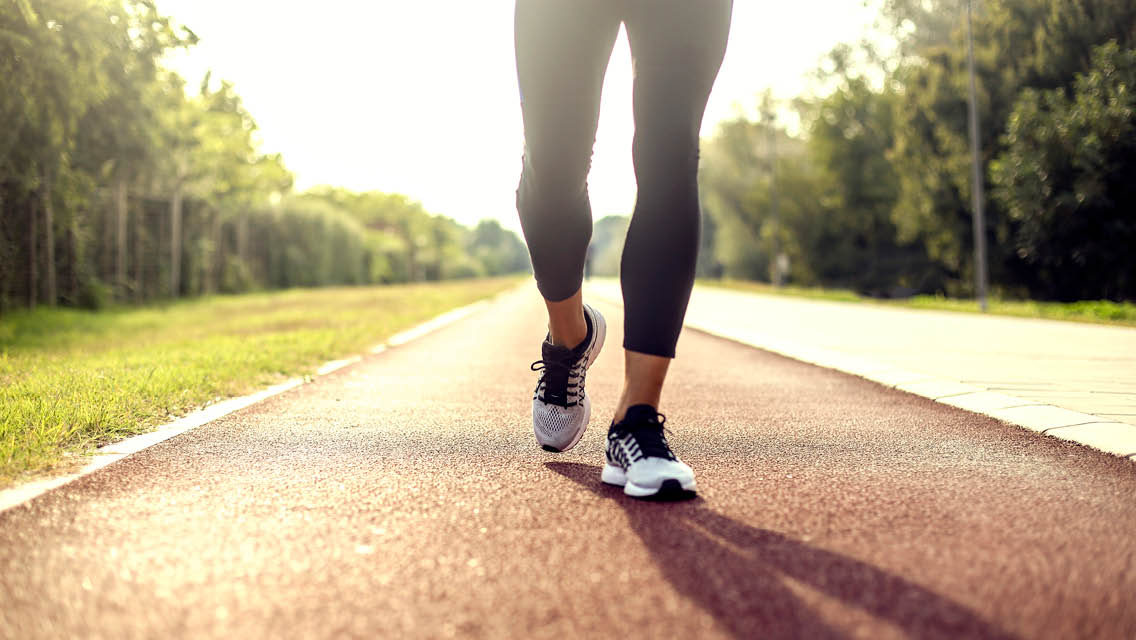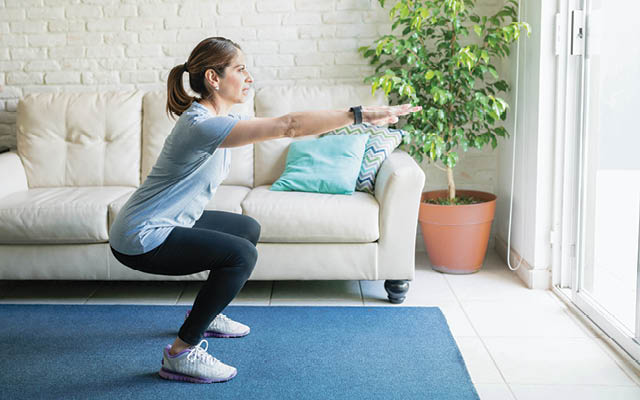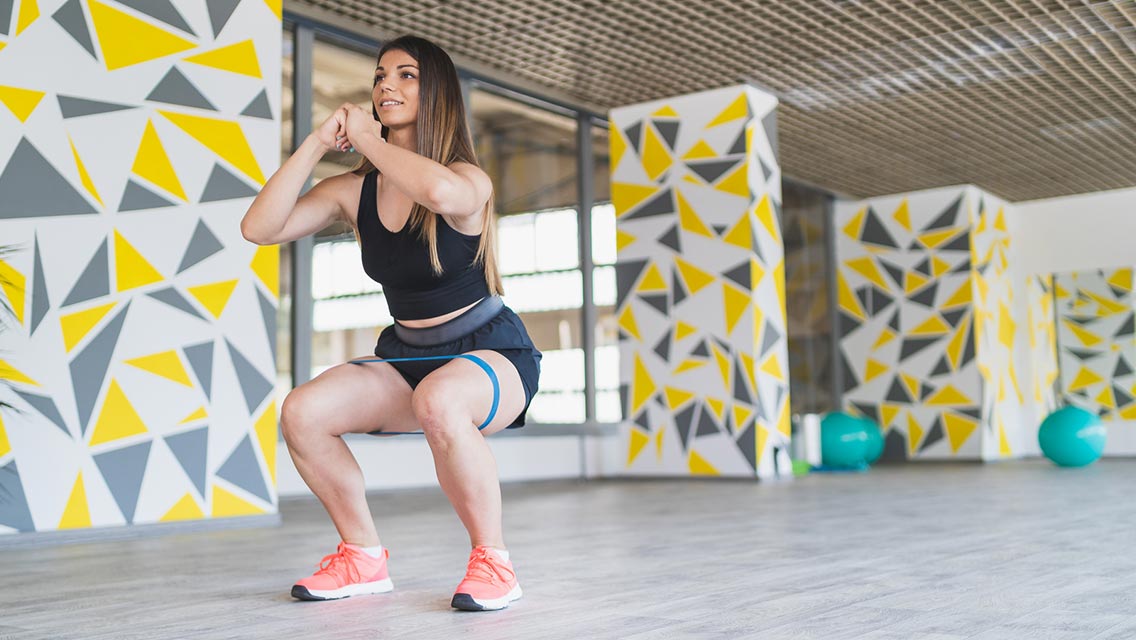Though it’s a natural movement, walking is not a simple one. It’s a full-body action that integrates hundreds of muscles and movement at the hips, knees, ankles, shoulders, arms, and torso. All these moving parts make for variation in gait patterns and differences in how you feel during and after a walk. Try these tips for making the most of your walking — and for staying injury-free.
Prewalk
“Before you go for a walk, you’re looking to prepare your body for what you’re about to do,” says physical therapist Jessica McManus, PT, FAAOMPT. She recommends doing some type of dynamic mobility exercise for both the upper and lower body. Marching in place, leg and arm swings, butt kicks, and squats are all great options, or you can start your walk at a slower pace and gradually increase the tempo as your body gets used to the movement.
Jason Stella, NASM, PES, CES, Life Time national education manager, recommends using a lacrosse or massage ball to roll out the arches of your feet. “This helps mobilize the fascia, so your foot is ready to absorb the force of every step.”
Walk
Walk with an upright posture. “Imagine a string pulling from the top center of your head, straight up toward the sky, making you as tall as possible, while you maintain your gaze straight ahead,” says McManus.
Let your arms swing to open your chest. “Think of your sternum as a headlight that gets movement from side to side. This allows you rotation and extension through your midback and thoracic spine,” she explains.
Instead of focusing on reaching one foot out in front of the other, which can lead to overstriding, she suggests you focus on hip extension of your push-off leg. “Imagine you are on a moving walkway, as if you are pushing the belt away behind you as you walk.”
Visualize pushing off through the center of the bottom of your big toe. This keeps your foot in a neutral position and activates the gluteus maximus and the posterior chain muscles of your leg.
Postwalk
“After you walk, you have the benefit of being able to get the most out of sustained-hold stretching, now that your muscles are warm,” says McManus. Focus on static stretches for your calves, hip flexors, quads, and hamstrings, holding each for 30 seconds or more (or try these stretches to help your hip mobility).
This was excerpted from “The Powerful Health Benefits of Walking” which was published in Experience Life magazine.





This Post Has 0 Comments